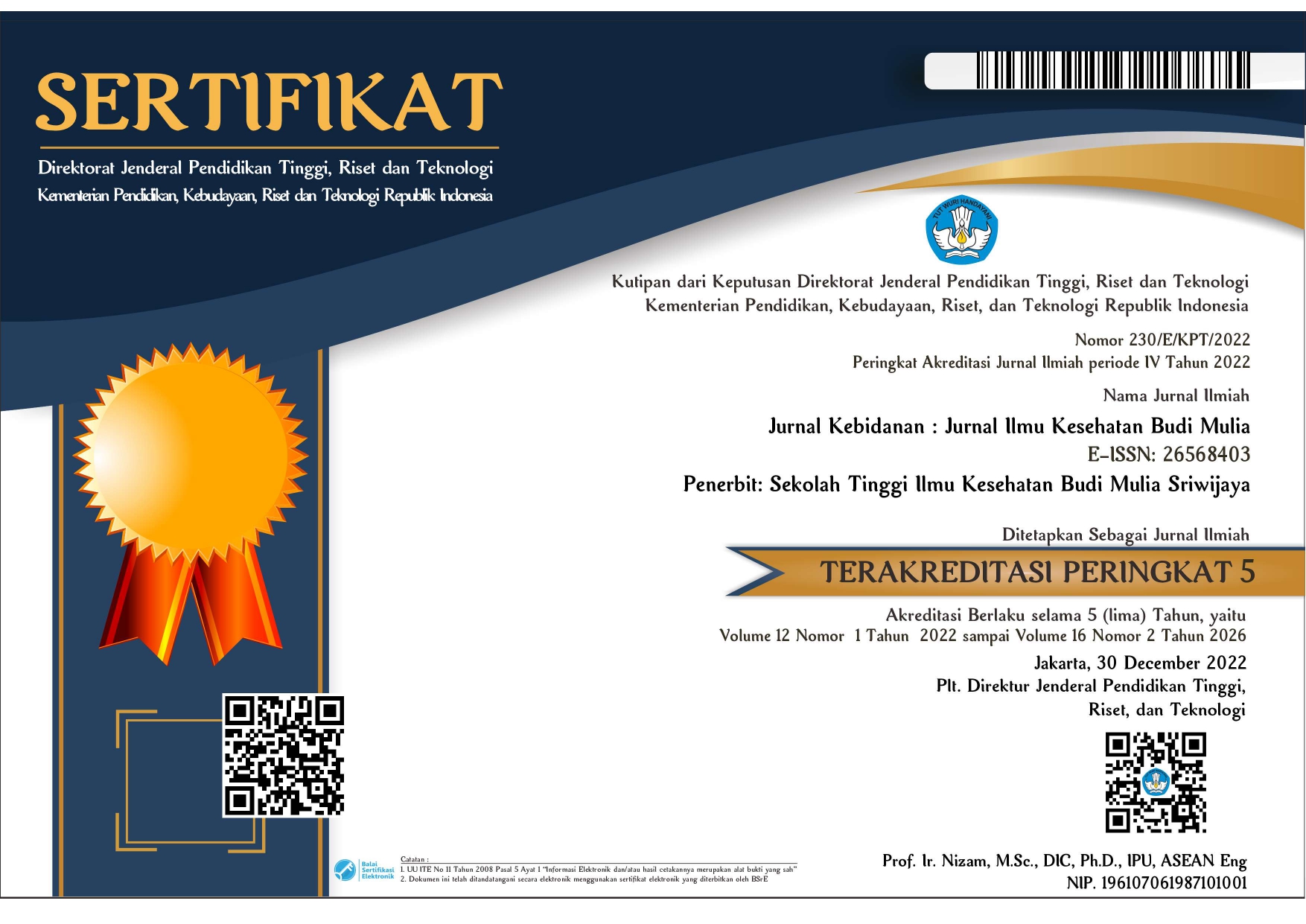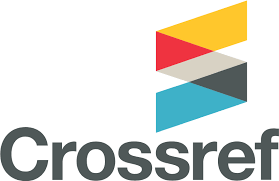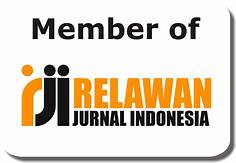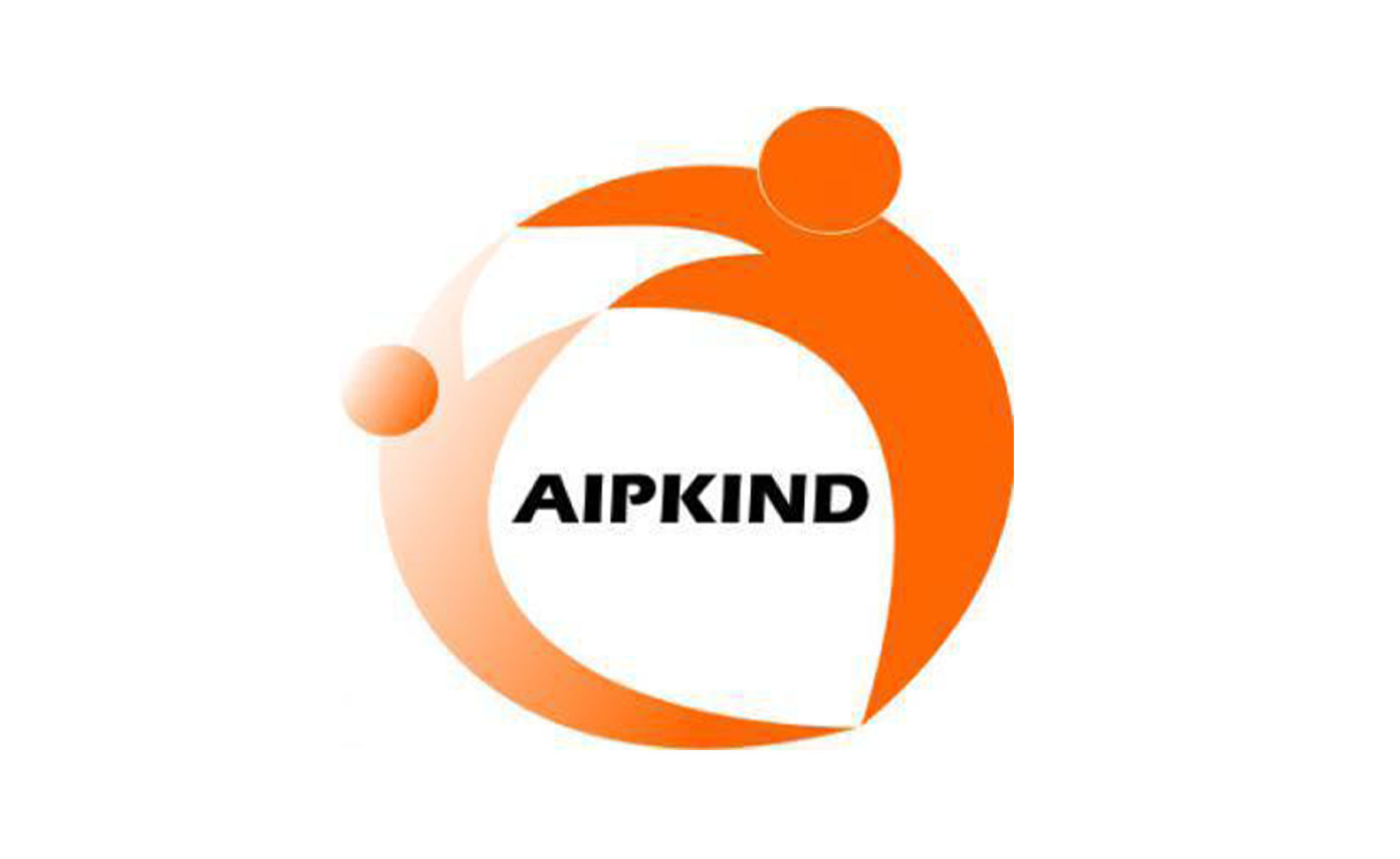FAKTOR-FAKTOR YANG BERHUBUNGAN DENGAN GIZI NORMAL BALITA DI PUSKESMAS SUKAJADI KOTA PRABUMULIH TAHUN 2017
Abstrak
ABSTRAK
Gizi merupakan salah satu penentu kualitas sumber daya manusia. Tujuan penelitian ini adalah untuk mengetahui faktor faktor yang mempengaruhi gizi normal balita di Puskesmas Sukajadi Prabumulih tahun 2017. Hubungan faktor faktor tersebut dicari mengunakan metode survey analitik dengan pendekatan cross sectional. Untuk populasi dalam penelitian ini adalah semua ibu dan balita yang datang ke Puskesmas Sukajadi Prabumulih pada maret 2017 dengan teknik accidental sampling. Berdasarkan analisa univariat didapatkan gizi balita normal 26 orang (72,2%) gizi balita yang tidak normal sebanyak 10 orang (27,8%). Untuk frekuensi pendapatan yang tinggi didapat 25 orang (69,4%) sedangkan yang rendah didapatkan 11 orang (30,6%) dan pendidikan tinggi didapatkan 26 orang (72,2 %) dan yang rendah 10 orang (27,8%) selain itu untuk pengetahuan baik terdapat 23 orang (63,9%) sedangkan yang kurang 13 orang (36,1%). Dari hasil analisa bivariat didapatkan faktor faktor yang berhubungan dengan status gizi normal balita yaitu faktor pendapatan,faktor pendidikan serta faktor pengetahuan.Diharapkan bagi ibu untuk lebih proaktif dalam mengenai dan mencegah kasus kasus yang dapat membahayakan anaknya sehingga angka kejadian status gizi tidak normal dapat ditekan selain itu diharapkan ibu untuk menjalankan program posyandu balita yang telah dicanamkan puskesmas tersebut sehingga pemantauan, kegiatan penyuluhan atau kegiatan lainnya khususnya yang berhubungan sehingga kasus status gizi tidak normal dapat dihindari hal inilah yang diharapkan dapat menurunkan dan menekan AKB yang berhubungan dengan kasus kasus dalam kebidananan.
ABSTRACK
Nutrient is one of the determinants of the human resources quality.The objective of this research was to know about the factors that influence the normal nutrient of baby at Puskesmas Sukajadi Prabumulih of 2017. The correlation of the factors was found by using survey analytic method with cross sectional approach. The population of this research was the entire of mothers and babies that visit to Puskesmas Sukajadi Prabumulih on March 2017 with accidental sampling technique. According to univariate analysis, it was found that there were 26 people (72,2%) of the normal nutrient baby and 10 people (27,8%). For the frequency of high income, that was found 25 people (69,4%), meanwhile the lowest income was found 11 people (30,6%) and the high education was found 26 people (72,2%) and with the low education was 10 people (27,8%). Beside that for the good knowledge, there were 23 people (63,9%), meanwhile the less knowledge were 13 people (36,1%). From the yield of bivariate analysis, was found the factors that related to the normal baby nutrient, which was income factor and the education factor and the knowledge factor.It was hoped that for mother to be more proactive in preventing some cases that can harm their kids so the number of abnormal nutrient status could be pushed, besides it was hoped mother can run the baby posyandu program that have been proclaimed by Puskesmas, so the monitoring , counseling activity, or other activities, especially that related to the abnormal nutrient status could be prevented. These things could be hoped to decrease and push AKB that related to midwifery cases.











